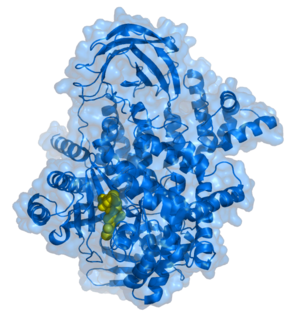Betterness is Good Business even for Pharma
"Good Businesses" are not judged solely by better sales, profits, equity returns and sharholder value – these becoming old measures on their own. Investors are increasingly asking "So you made a profit – yawn – but did you also make an impact?" This is what it takes to outperform today and tommorrow.
What about Big Pharma? Or little Pharma for that matter.
Aren't these companies founded on the ideals of delivering novel life-changing treatments to patients, transforming science into therapies, to serve patients, to deliver meaningful benefits to consumers, and to improve the quality of life?
How does this square with off-label marketing, physician payola schemes, manufacturing failures resulting in product shortages, contaminated or adulterated product, massive corporate lay-offs and outsourcing jobs elsewhere?"
via thebigredbiotechblog.typepad.com
Bruce Lehr of The Big Red Biotech Blog wrote a nice blog this morning that made me sit up and take notice. He's right; some areas of the industry could do well to clean up their act and focus on the important things that matter rather than skimping on quality or indulging in fluff n puff marketing. And some people wonder why Pharma is held in such distain akin to oil or tobacco companies?
Meanwhile, in the oncology arena, we're always running head to head trials, figuring out how to beat the standard of care and improve overall survival. In other words, finding the compounds that give an edge and make an impact.
It's easy to forget that many other areas of the Pharma business live in fear of not winning, not making blockbuster revenues and thus run an inordinate number of placebo controlled rather than head to head trials. After wading through a mass of non-oncology data at the weekend, I was left wondering, "How on earth do you prove your product is better in that situation?"
If you can't beat the competition, why bother?
Which takes us back to the original review article from Umair Hague in the HBR on why Betterness is Good Business and how great companies focus on the stuff that matters, rather than just profitability and increased shareholder value.
So, I think I'll stick with the dog eat dog mentality in oncology, where we focus more on people and trying to make a difference to the lives of people with cancer. If your compound doesn't beat the standard of care it effectively dies in that indication. My firm belief is if you focus on bettering the competition, the rest will follow naturally and organically. That doesn't mean that some don't fall off the wagon and transgress into the dreaded off-label promotion though.
Still, maybe the rest of Pharma could learn a thing or two from oncology?

![Reblog this post [with Zemanta]](http://img.zemanta.com/reblog_e.png?x-id=a00cea0a-1b38-4a54-8304-f0823641685a)